Tuesday June 2, 2009
BACK in 1998, when her husband suggested that they go bird-watching, Nina Cheung would unwillingly trudge along. Walking under the scorching sun and squinting through binoculars were not exactly her idea of a weekend outing.But the country's great diversity of birds with gorgeously coloured plumage soon won her over. Now she's the one religiously pouring over bird guides – there is a shelf full of these books in her home in Bangsar, Kuala Lumpur – and volunteering her time for bird censuses and to compile bird sightings submitted by bird watchers.
For the past four years, Cheung has avidly participated in the Asian Waterbird Census. In this event, bird watchers all over the world will, for one day in January, set out to a wetland site – a swamp, mudflat or lake – to record the presence of waterbirds. The data is then pooled to give a global health check on waterbirds.
"In bird conservation, the input of birders (that's what bird watchers call themselves) is extremely helpful. Scientists don't go out every day and there are so many places to cover. So if everyone chips in, it will help," says Cheung, a Hong Kong-native who met her Malaysian husband while both were students in Britain, and moved here in 1997.
 Bird study: Nina Cheung (standing) conducting a bird identification class for bird watchers.
Bird study: Nina Cheung (standing) conducting a bird identification class for bird watchers. Cheung, 45, is also a regular at Raptor Watch, an event held every March at Tanjung Tuan, Malacca, by the Malaysian Nature Society (MNS). There, she and other volunteers would station themselves at vantage points – either the beach or the light house – to count and note the species of migratory raptors flying in across the Straits of Malacca from Sumatra on their way back to breeding grounds in the north.
And as one of the editors of Suara Enggang, the bimonthly bulletin of the MNS Bird Conservation Council, Cheung helps to compile and edit articles for publication. She found time to pursue her interest in bird conservation efforts when she quit her job in marketing in 2002.
"I really started birding only in 2000. I was not interested in birds initially but was dragged around by my husband. He had suggested that we take up an outdoor activity that will not be too strenuous. But with time, birding grew on me. And with good binoculars, you see the wonderful colours of birds."
While most bird watchers are contented with merely scouting for pretty birds, Cheung is determined to help build a database on the country's avifauna. The birding community has, since 1988, routinely submitted their bird sightings to Suara Enggang.
However, all the information is not compiled in a manner for easy retrieval. This will soon change as Cheung, with help from other MNS members, are gathering the information into a computerised database.
"We hope to finish by the end of the year, then we will be able to analyse the data and possibly come up with trends on the distribution and status of Malaysian birds."
She also manages Bird I-Witness, a computerised record of bird sightings in Malaysia that was launched last year. "It is very simple to do. When you go birding, you take notes on the species seen, their location and numbers. Then you key in the information in the database. The accumulation of data will give us the distribution and population of birds."
Her volunteering work has rewarded her in return, she says. "I might be contributing but it also gives back to me, in terms of knowledge. I'm learning as I need to study records and books when I'm compiling all the information."
It comes as no surprise that her weekends are taken up almost exclusively by bird-watching activities. If she is not birding with her husband and friends, she would be giving talks on bird identification or helping out as a guide on trips organised for non-bird watchers. Nothing pleases Cheung more than seeing the faces of people light up upon spotting a colourful bird through a scope.
"Not many people on these trips will take up bird-watching as a hobby but at least, we have opened their eyes to our rich bird life. Hopefully, they will grow to like birds and understand the need to protect them," says Cheung.
But her frequent outings to nature are not always happy events. In Merlimau, Malacca, she sees nets strung across rice fields to prevent purple swamp hens from feeding there. "The farmers do not know that the swamp hens can fly over the nets and it is the small birds that get trapped instead. We cannot remove the nets, and can only free those birds that are still alive."
She also sees changes in the landscape over the years; changes that worry her. "The reed beds are gone, there is more farming and huge swift houses (for the nesting of swifts) have come up. There are less birds as there is less habitat."
And at Frasers Hill, the changing climate is apparent: "I see more and more lowland birds in the highlands. There are fewer birds and a difference in species composition." Such observations prompts her to announce: "Bird while you can. You may not see them in future." – By Tan Cheng Li
This article was taken from:The Star Online: Go Green Live Green 2 June 2009



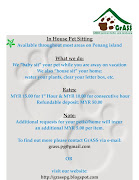





























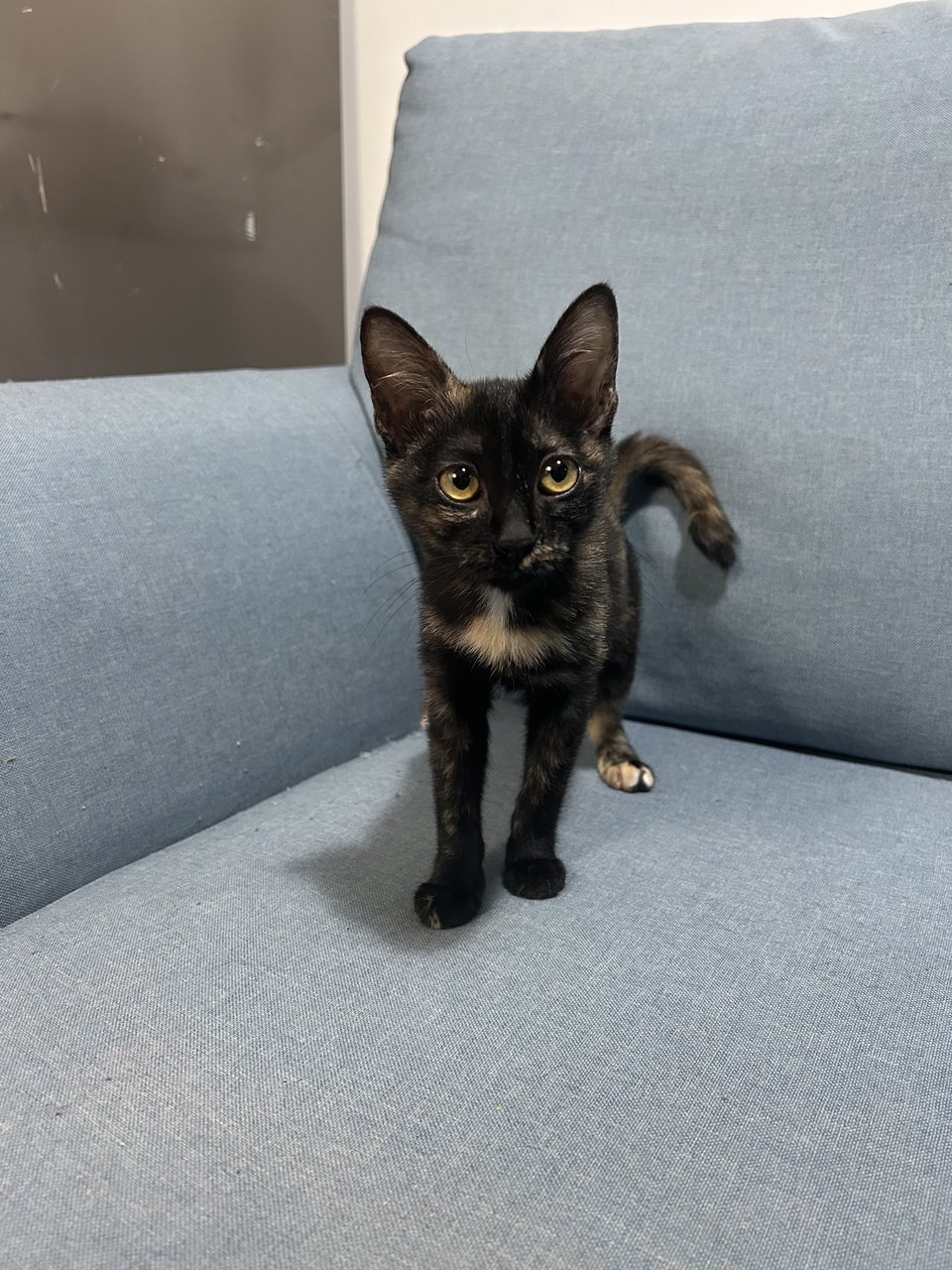
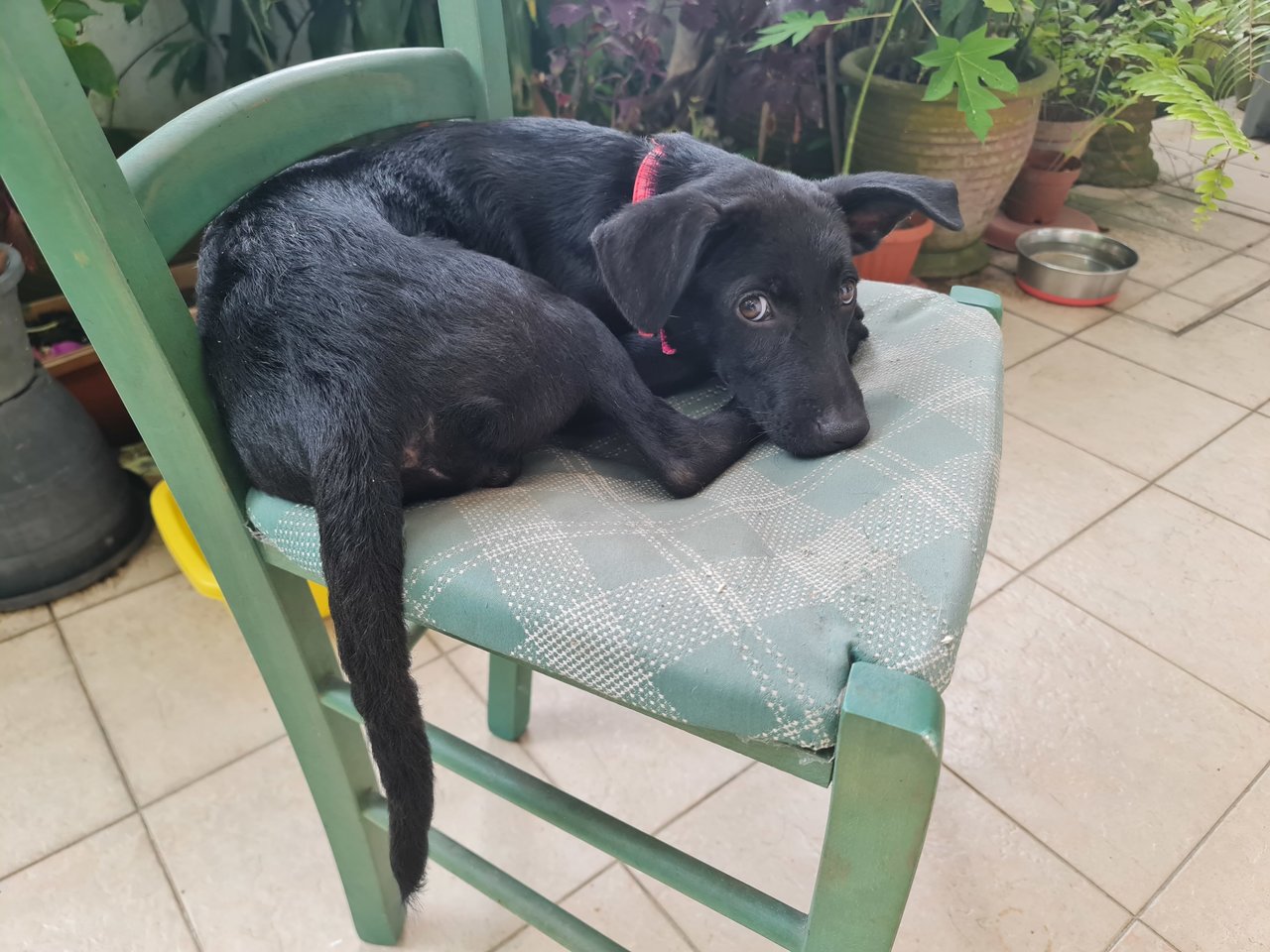


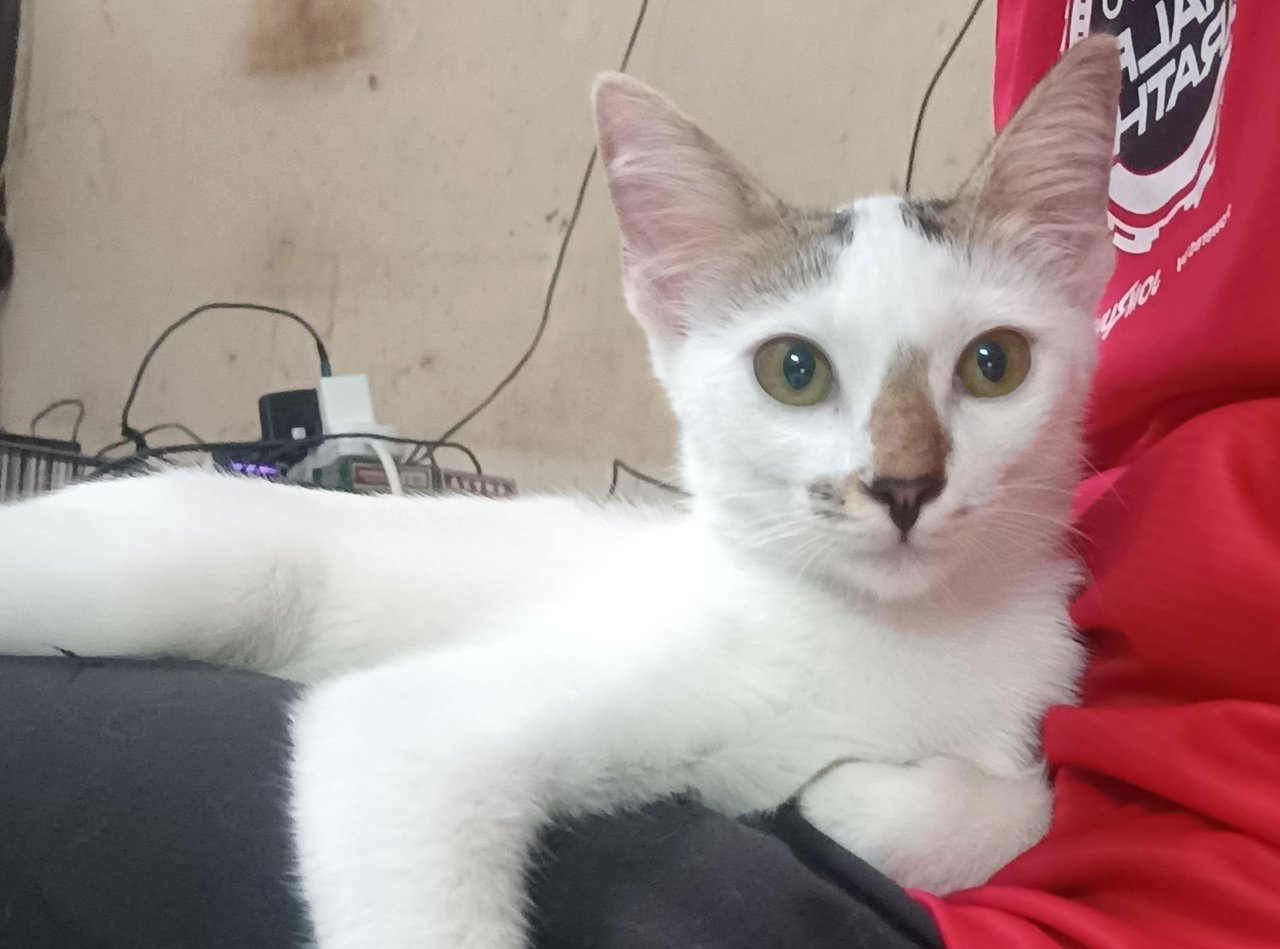

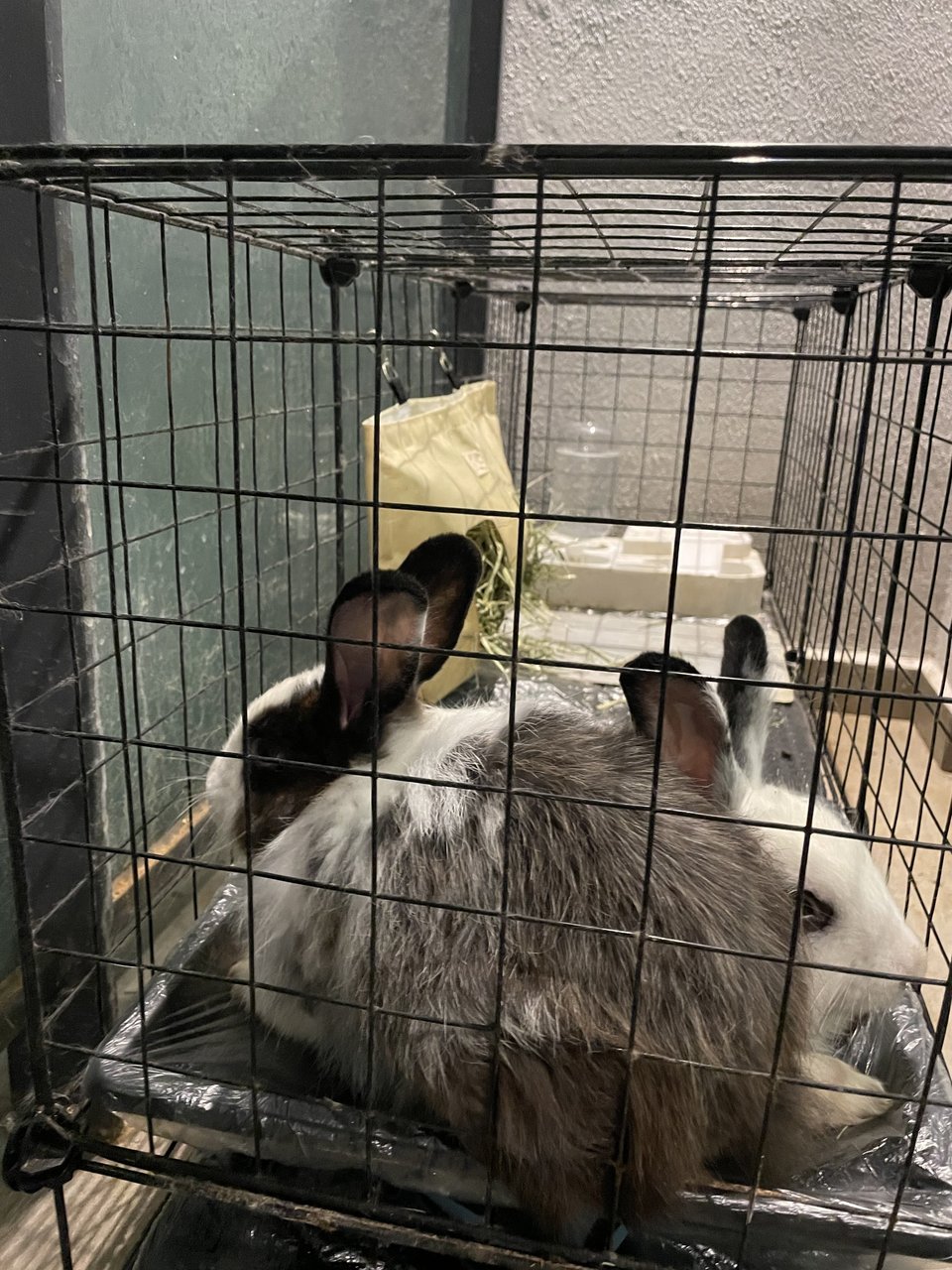

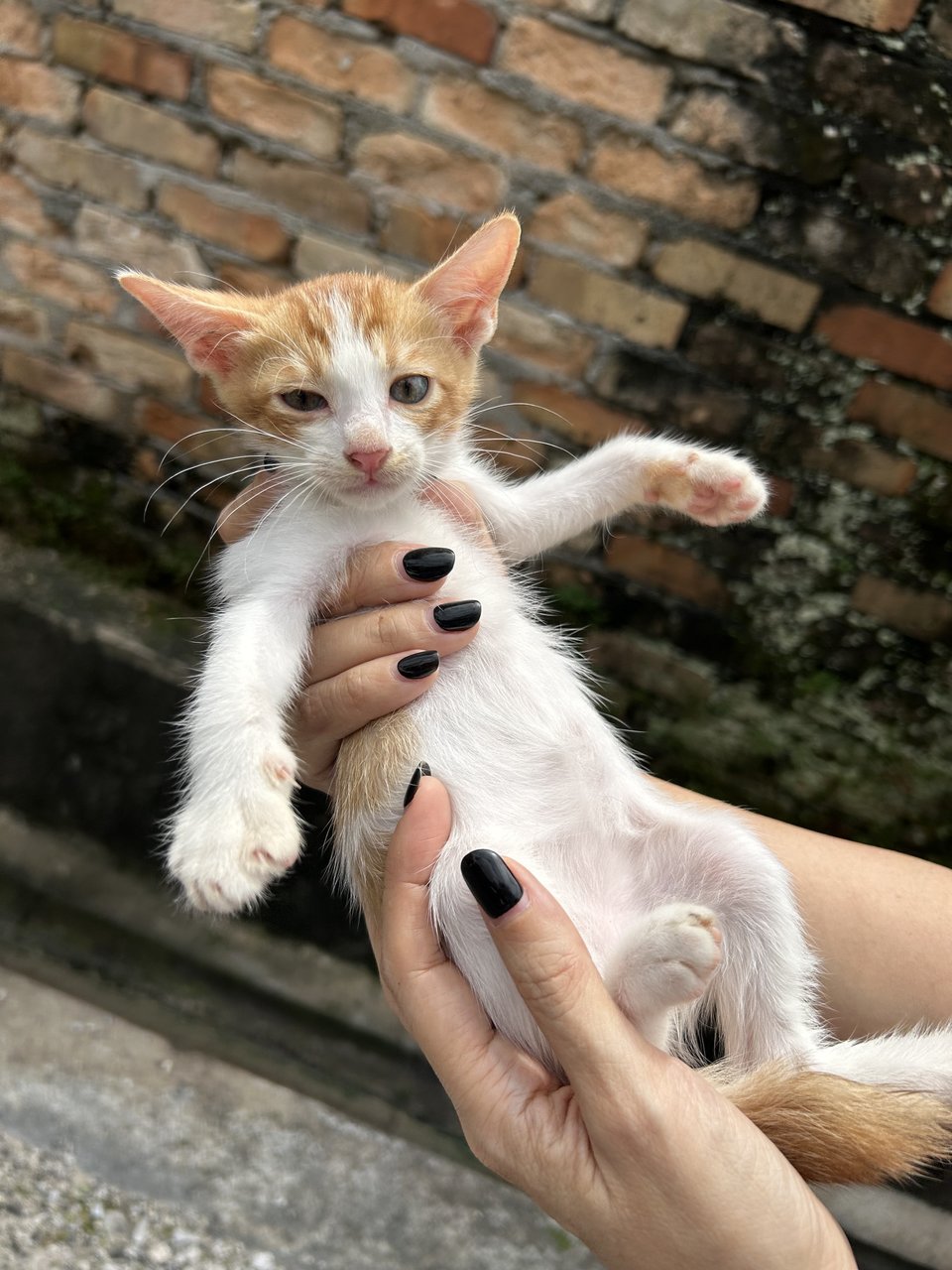











No comments:
Post a Comment